So for the very first time in the lifetime of everyone who is alive today, a President devoted an entire hour of prime-time media to a discussion about gun violence. And it was a discussion, I might add, that was largely shaped by a series of questions which, vetted or not, were asked by members of the audience at the Town Hall who weren’t particularly in favor of any of the President’s gun-control ideas. Which was the whole point of this event, namely, to show the average American that Obama simply wants to have a sensible conversation about guns.
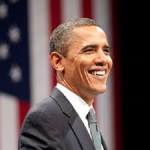 And in that regard, the President knew his stuff and spelled it out clearly and effortlessly. He knew the difference between gun ownership and concealed-carry (the former regulated at the Federal level; the latter regulated by the states). He knew and didn’t disagree with the notion that people wanted to own guns for self-defense. He knew the difference between public and private sales. In fact, I didn’t hear him make one, single statement during the entire event that couldn’t be supported by facts.
And in that regard, the President knew his stuff and spelled it out clearly and effortlessly. He knew the difference between gun ownership and concealed-carry (the former regulated at the Federal level; the latter regulated by the states). He knew and didn’t disagree with the notion that people wanted to own guns for self-defense. He knew the difference between public and private sales. In fact, I didn’t hear him make one, single statement during the entire event that couldn’t be supported by facts.
The moment that the event ended, of course, the ‘other side’ was rearing to go, with comments such as “law-abiding gun owners don’t trust Obama,” and Obama as “bully” flying through right-wing channels. Not that any of the pro-gun, anti-Obama rhetoric was unexpected, because that’s what the digital news and political commentary environment is all about. But what provoked the greatest amount of attention on both sides of the political spectrum was the discussion at the end of the event when the President derisively dismissed the idea of gun confiscation as a ‘conspiracy theory’ that had no basis in reality or truth.
Now here is where Obama was treading on a landscape that represents Gun Nation’s most sacred cow. This notion that any kind of gun control is a harbinger of gun confiscation has gotten to the point that the NRA, for example, uses the phrases ‘2nd Amendment’ and ‘disarming America’ interchangeably; i.e., if you don’t believe in the former, the latter will surely occur. And this has become the degree to which any attempt to talk about gun violence is debased insofar as any gun-control law by definition reduces protections afforded by the 2nd Amendment, which raises the possibility that you might lose your guns.
Now I don’t care and obviously Obama doesn’t care either if this nonsense about gun confiscation continues to generate an immediate backlash from the most committed members of the pro-gun crowd. But when it’s taken seriously by liberal opinion-makers such as the Washington Post’s Max Ehrenfreund, it needs to be responded in kind. Ehrenfreund is a bright, young man, Yalie no less, who quickly produced a commentary on Obama’s talk about conspiracies based largely on some ersatz academic theories about conspiracies which basically argue that political powerlessness makes people prone to believing in conspiracies, which is why all those conservative-minded gun owners are susceptible to believing in conspiracies. Right – politically powerless gun owners. Yea, right.
When you run a daily blog you have to come up with new content every day. But I would hope that the editors of a Washington Post blog would occasionally ask themselves whether their contributors know anything at all regarding the issues about which they write. Because the whole point about conspiracies is they usually grow from the ground up; somehow people start believing in something whether there’s any reality behind their belief or not.
Which is simply not what the gun confiscation conspiracy is all about. It’s about a concerted, organized and continuous effort to promote the sale of guns - an effort led and directed by the NRA and others for the past thirty years. Ehrenfreud doesn’t perceive this at all, but Obama certainly does. His dismissal of the confiscation theory as reflecting “political reasons” and “commercial reasons” demonstrates an understanding of the gun debate that even the Washington Post hasn’t figured out. Which is why Obama is President. Thank goodness for that.

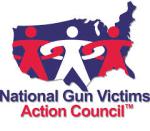
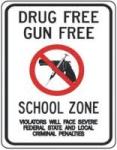
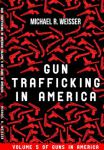

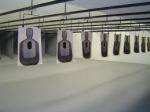
Recent Comments